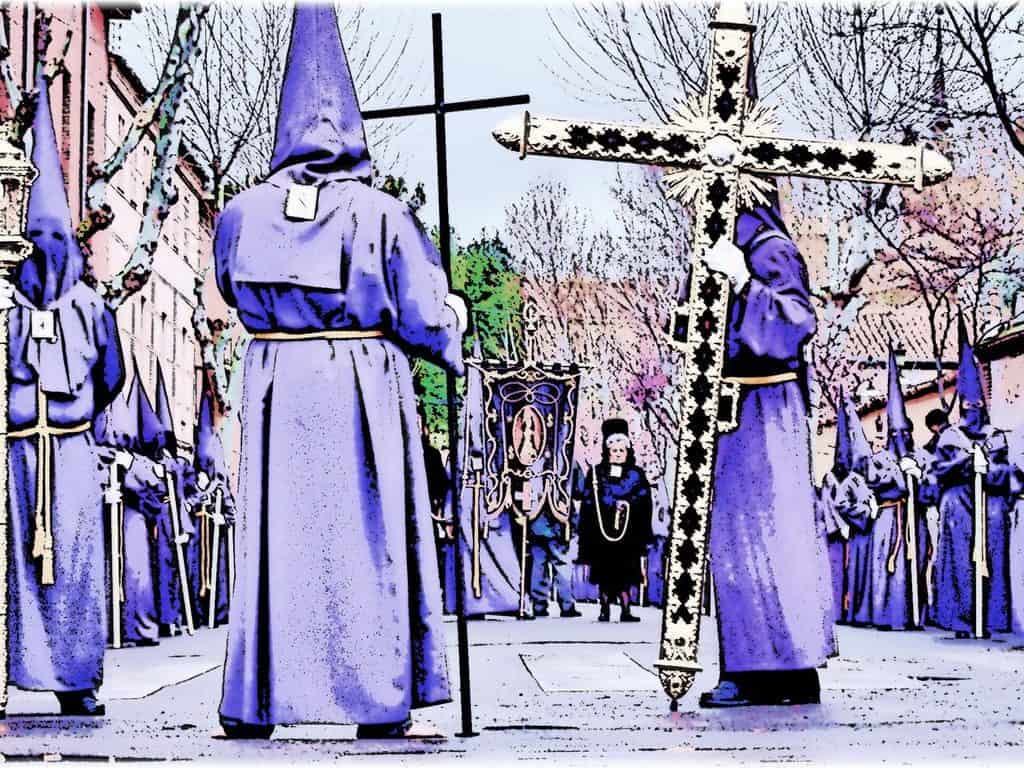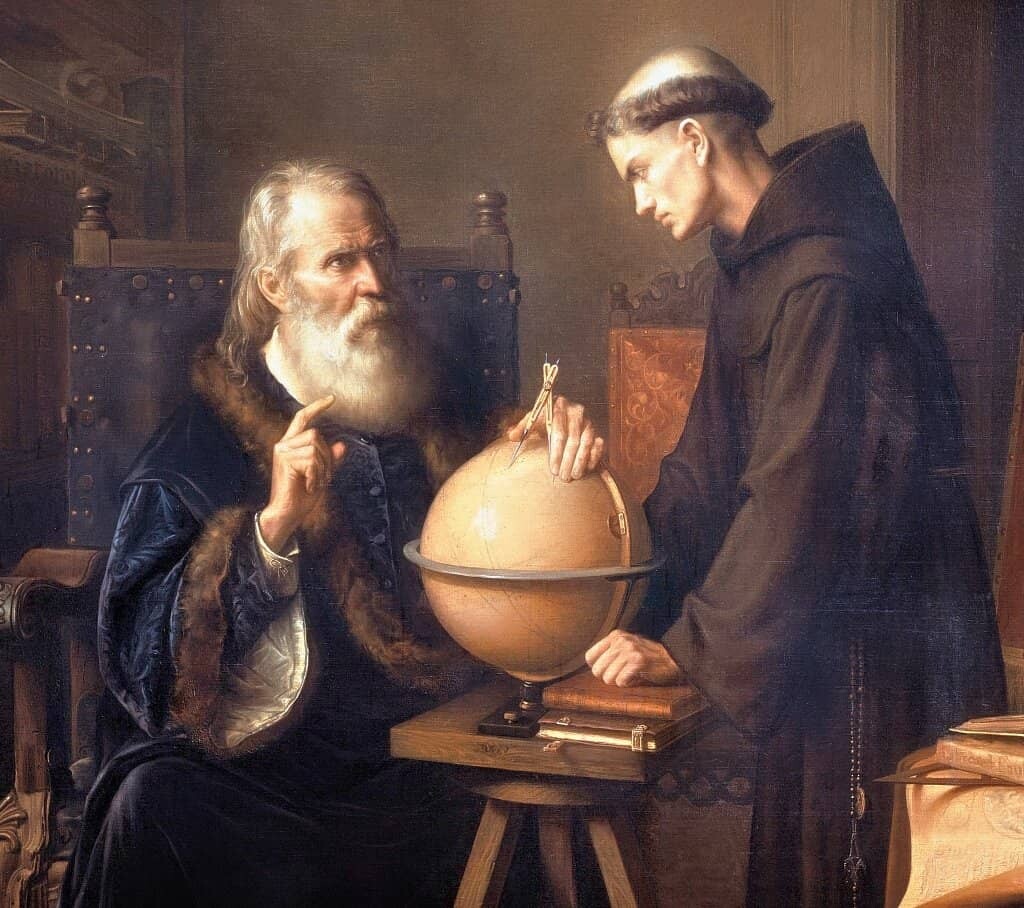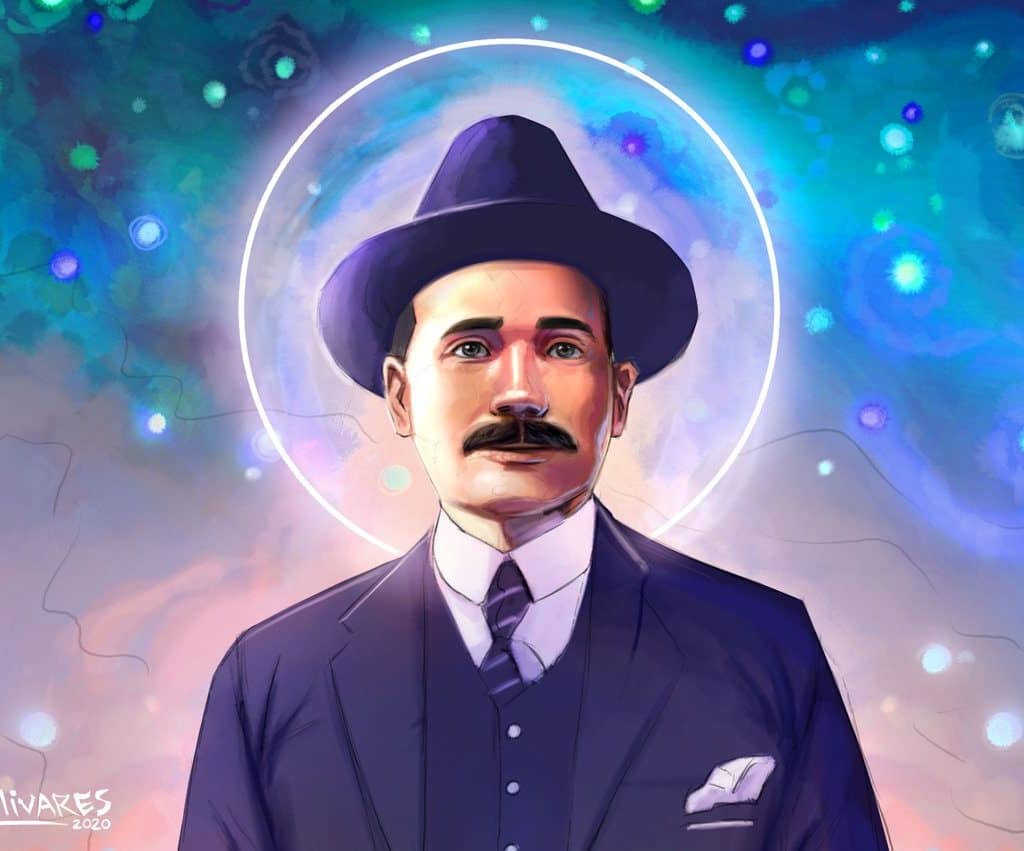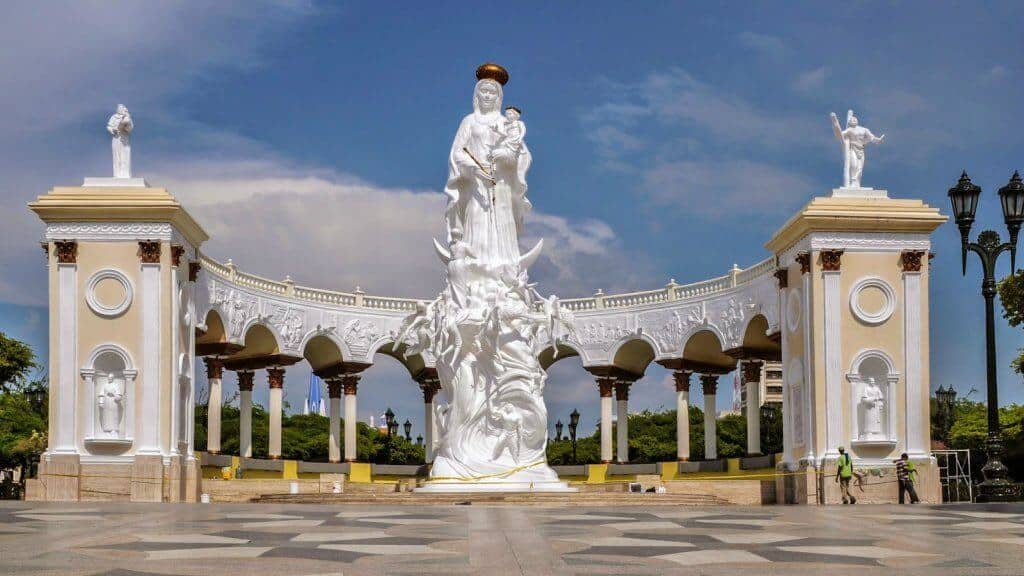The penitents march in procession seeking the purification of their sins and manifesting their repentance publicly. The lights they carry symbolize walking towards Christ, the light, and as a public declaration of faith, it constitutes one of the highest and most public expressions of a request for redemption.
From Drums to Saetas: The Diverse Easter Processions
Faith, which is normally experienced in privacy, becomes public, and the streets transform into an open-air church. This is reflected in the beautification of homes, the decoration of balconies, and the silence that permeates every corner during Easter Week.
Structure of the Easter Week Processions
The processions maintain uniformity, being largely similar and following a well-defined pattern. Nothing is left to chance, and although the sacred images are the heart of the parade, it is the penitents or brotherhood members who give shape to the procession.
Brotherhood Members or Penitents
During Holy Week, the brotherhood members or penitents parade in special attire. They wear a fitted tunic and a capirote (either blunt or pointed) that in certain processions serves to conceal the face, and it is common for them to carry crosses or scourges.
They are called “Nazarenes” because originally, they participated exclusively in brotherhoods dedicated to Jesus of Nazareth, although this tradition has expanded to other brotherhoods and fraternities over time.
The hierarchical structure plays a crucial role, organizing from the least to the most important elements. In Rome, imperial parades would start with the standards and music, culminating with the figure of the divinized emperor, a scheme similar to that observed in Holy Week.
Announcement of the Procession
The announcement of the procession constitutes the first act. In some localities, this task falls to the town crier, who precedes the procession ringing a bell or rattle, symbolizing the transition from the profane to the sacred.
In other cases, it is the band of bugles and drums that, with a martial rhythm, signals the proximity of the procession.
The Guiding Cross or the Parish Cross
The parade officially begins with the Guiding Cross or Parish Cross, carried by young members of the parish, usually altar boys. This cross is typically escorted by guiding lanterns or horns denoting its advance.
Next appears the brotherhood’s banner, reminiscent of Roman standards, followed by the penitents or Nazarenes, who carry light symbolizing the path to Christ.
Various steps of Holy Week follow, led by acolytes carrying processional candles or incense burners, and in some cases, accompanied by Roman symbols evoking the political support received by Christ on his way to Golgotha.
The Christ Step
The first figure is almost always the Christ step, followed by the image of the Virgin. Procession concludes with the presence of the brotherhood or fraternity’s board and civil authorities, thus showing a marked hierarchical order. Finally, the People close the parade, emulating Jesus’s journey through the Via Dolorosa.




